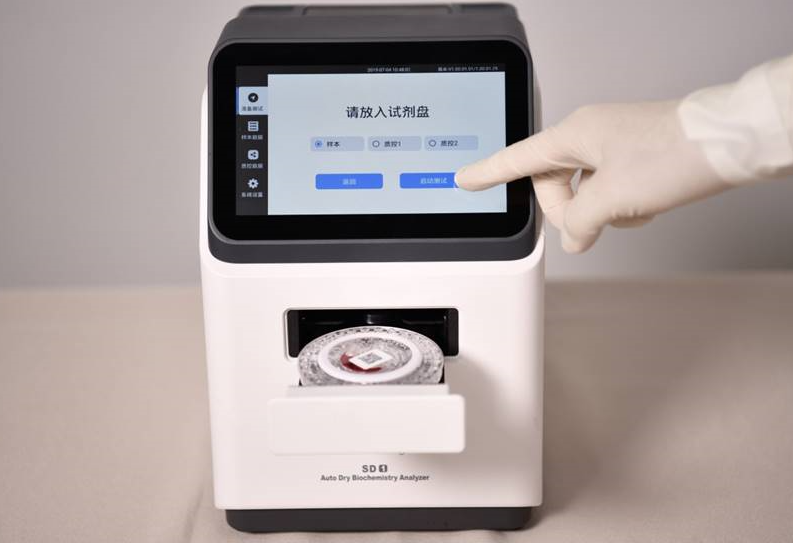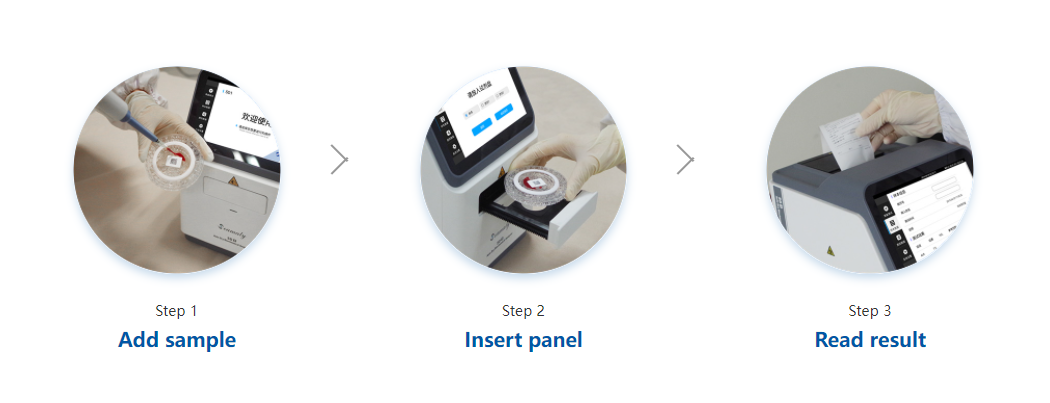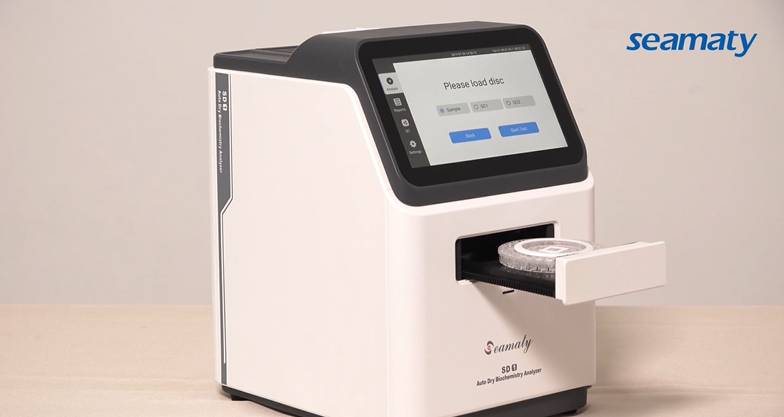Biochemistry analyzer mainly determines various chemical components in human serum. It is mainly guest to detect liver function, kidney function, heart muscle disease, diabetes, etc. The development process of biochemical analyzer has three main stages: spectrophotometer, semi-automatic, fully automatic biochemical analyzer. So what is the relationship between them?
01 Spectrophotometer
Using ultraviolet light, visible light, infrared light and laser, etc. to determine the absorption spectrum of substances, the use of this absorption spectrum of substances for qualitative and quantitative analysis and analysis of the structure of substances, known as the spectrophotometric method or spectrophotometric techniques. This instrument is known as a spectrophotometer.
Spectrophotometer advantages
-
1. Direct reading of absorbance
-
2. Simple operation
-
3. reagents are cheap
Disadvantages of spectrophotometer
-
1. Can not directly calculate the concentration value
-
2. Large error
-
3. many items can not be measured
02 Semi-automatic biochemical analyzer
Semi-automatic biochemical analyzer means that some operations in the analysis process (such as sample addition, holding, inhalation colorimetric, results recording and other certain steps) need to be completed manually, while another part of the operation can be done automatically by the instrument. This biochemical instrument is characterized by its small size, simple structure and flexibility. It can be used separately and separately, and can also be used with other instruments. This semi-automatic biochemical analyzer is cheaper.
Advantages of semi-automatic biochemical analyzer
-
1)It can directly calculate the content of the measured items, eliminating manual labor
-
2)The absorbance change of the measured items can be monitored in real time, and the enzyme method can be measured.
Disadvantages of semi-automatic biochemical analyzer
-
1) Need to manually add samples and incubate specimens outside the machine
-
2)Large error
03 Fully automatic biochemical analyzer
Fully automatic biochemical analyzer, the whole process from sample addition to results is completely automated by the instrument. The operator only needs to put the sample on the specific position of the analyzer, choose the program to start the instrument can wait for the test report.
Since Technicon successfully produced the world's first fully automated biochemical analyzer in 1957, various models and functions of fully automated biochemical analyzers have been emerging. This was a very important step in the automation of clinical biochemical tests in hospitals.
With the development of science and technology, especially medical science, various automatic biochemical analyzers and diagnostic reagents have been greatly developed. According to the different structural principles of biochemical equipment, it can be divided into four categories: continuous flow type (pipeline), vertical, centrifugal and dry biochemical analyzers.


